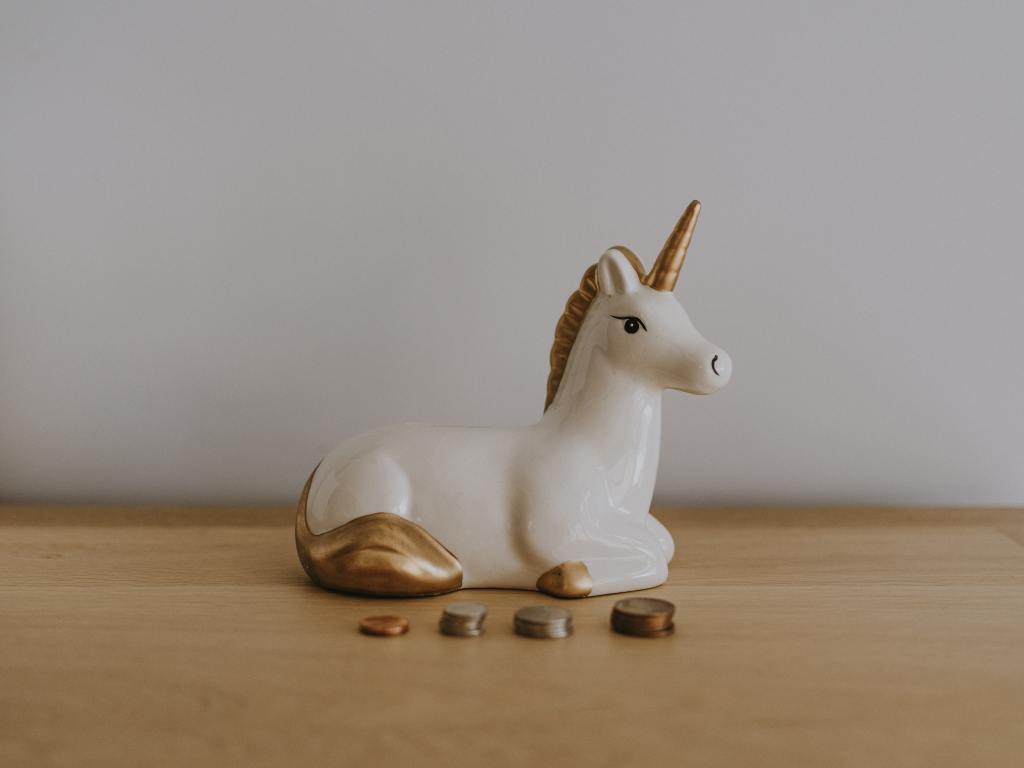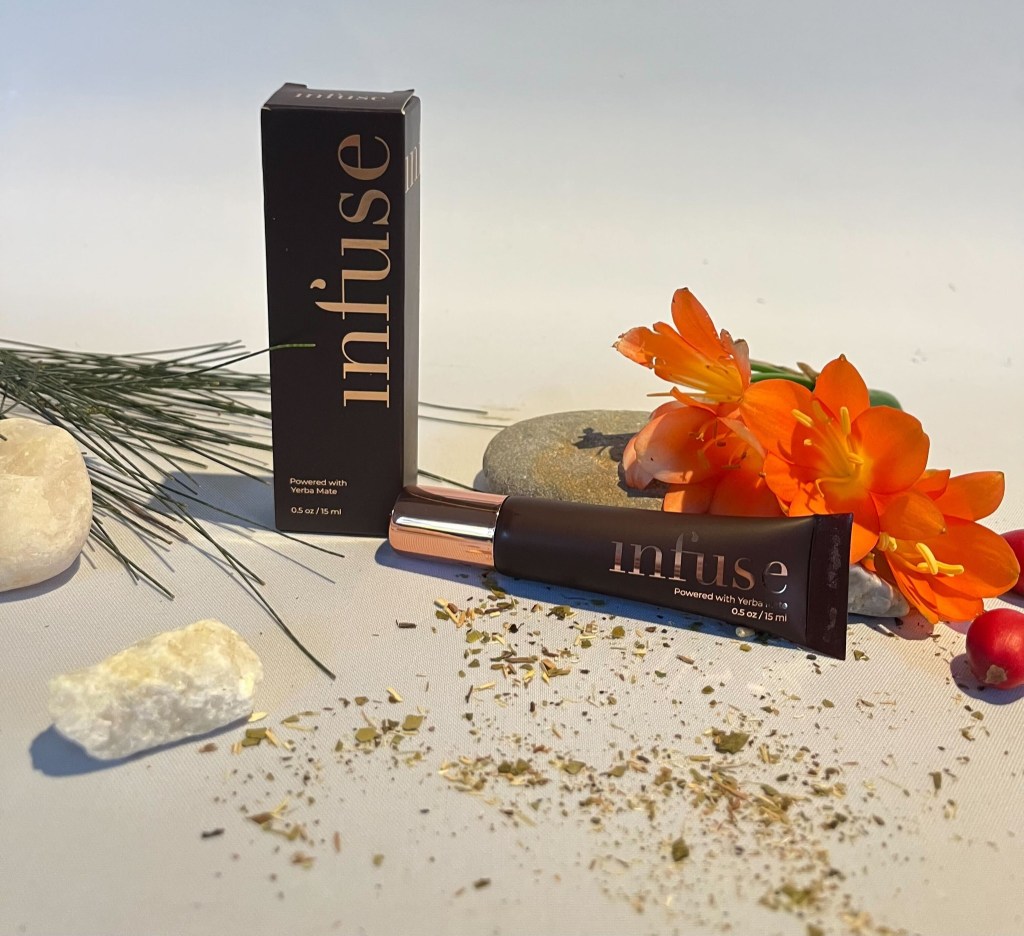What Is Demand Forecasting?
Demand forecasting, or demand planning, is a business process where you predict the customer demand for products based on existing trends and data. It allows you to better plan for needed inventory levels, plan for revenue growth, and more. On an even more granular level, it lets you understand the market demand for a given product and who wants to purchase it. That’s why it’s so important to get the demand planning process right. An inaccurate demand forecast can lead to revenue loss, retailer chargebacks, and even more time and energy spent revising your plans.
Uses for Demand Planning
First and foremost, demand planning is a cross-functional process that can help a business build better plans for different roles and processes. This includes supply chain management, inventory management, product innovations, marketing efforts, and more.
With that in mind, here are some of the most common reasons for a brand to perform demand forecasting:
Demand Forecasting in Supply Chain
Demand forecasting is vital to supply chain readiness as it helps CPG brands avoid issues with back-ordered products or excess inventory. Inaccurate forecasting can send a ripple of unmet demand along the chain that can cause massive issues with supply levels and a bullwhip effect. This can damage your relationships, and it may become tougher to find suppliers and distributors.
Forecasting correctly with accurate data will help every business along the supply chain and ensure you don’t damage relationships. The key to this lies in sharing your forecasts with your suppliers and collaborating, so you can work together to meet demand. And, with supply chain costs continuing to rise, it can ensure you each avoid wasting resources and hurting your bottom lines.
Demand Forecasting and Inventory Management
Demand forecasting and inventory management go hand-in-hand and it is the most common reason for many CPG brands to perform forecasting. It gives insight into the correct amount of product you’ll need on hand to meet demand without wasting valuable budget on excess materials. It also ensures you can keep customers and retailers happy while keeping costs as low as possible.
For example, as the impact of inflation continued throughout 2023, value-based retailers’ sales jumped month over month, eventually claiming 42.7% of CPG sales by September. Private label brands also benefited from this shift and now account for 19.3% of CPG sales. Brands that failed to account for this shift could have ended up with unsold products being pulled from shelves and lost revenue. Proper demand planning can let you anticipate what might be in high demand during these times. Then you can properly respond to pantry loading behaviors and avoid missing the mark with inventory levels.
Demand Forecasting for Product Innovation
One area of demand planning that is often overlooked is the ability to identify underserved niches or missing product offerings. With shopper behaviors and expectations changing, new product innovation can be the perfect way to act on an accurate demand forecast. This can fall under any of the categories of product innovation at your disposal. Maybe adding new variations of favorite products, products in entirely new categories, or optimizing the formulation for an existing product.
In fact, NIQ data shows that the best-performing product formulations have 7x the potential to survive in the market after three years vs. less acceptable formulations. When product innovations are built on the back of accurate data and fill an existing need, you can get a bigger return on product launches.
Top 5 Demand Forecasting Tips for Emerging Brands
Now that you know the basics of demand planning, it’s time to look at how to make it easier. Whether this is one of your first demand forecasts or your 5,000th, there are a few ways to simplify the process in 2024.
With that in mind, here are 5 tips for emerging brands performing demand forecasting:
1. Start With a Goal
Never undertake any business plan or action without starting with a clear goal. Demand forecasting isn’t just to “grow sales”, you should approach it differently depending on your purpose and goal. Are you looking to better understand how much product to allocate to each retailer or region? Are you trying to plan for ordering raw materials and supply chain management? Starting with the answer lets you determine the right data to look for without wasting time or money.
For example, you may be performing demand forecasting to seek additional shelf space with a retailer. Without an accurate forecast, you can’t optimize shelf space and maximize return. This will hurt your relationship with the retailer and can add unnecessary costs.
2. Collaborate When Possible
Manufacturers and retailers are partners in selling, so it makes sense that they should be partners in planning. Retailers can often provide insight into product sales from first-hand knowledge and customer feedback. They also perform their own demand forecasting based on the data they access, so you can compare and contrast figures. With shelf space at a premium, anything you can do to build a relationship with the retailer and gain insight into sales planning helps.
Collaboration also allows you to stay on top of what the retailers are expecting of your brand in the upcoming months. This lets you limit the products you send to what they expect, cutting down slotting fees and avoiding excess stock piling up. Trust us, with slotting fees for a new product around $250-$1,000 per item per store, savings can add up. Not to mention, it shows that you’re invested in growing with them and builds the relationship. When you grow with a retailer, you’re more likely to see additional benefits along the way.
3. Optimize and Refine Each Time
Demand forecasting is an ongoing effort, and each new plan brings new learnings. Instead of viewing forecasts as inaccurate, reflect on them and determine where they went wrong. Maybe you didn’t have enough data on hand or maybe a sudden, unexpected spike in demand threw you off. Knowing where to look for the root of an issue lets you build a better plan next time and define precision areas to target.
For example, let’s say a national manufacturer identified a distribution or assortment gap in their sales in a given region. A correction could drive an additional $50K in annual sales. Extrapolating that opportunity across 100 different identified precision areas could amount to $5 million in revenue. Small changes can lead to big returns if they’re done with accuracy based on proven data.
4. Understand the Impact of Omnichannel
The future of most CPG brands isn’t eCommerce, it’s omnichannel. That is a combination of in-store, online, and click-and-collect sales. In fact, more than one in five (22%) shoppers now plan an in-store shopping trip combined with a prior online order. If your demand plan doesn’t factor in this shift in consumer behavior, you can miss out on these additional sales opportunities.
You also need to be able to accurately segment sales between the channels so you can have a clear view of demand. Understanding what products were purchased online and collected vs. those that were grabbed on the shelf can help you better target customers. Whether it’s pricing, packaging, or convenience, knowing the root of a sale means you can use it as a lever to make more sales. By using a combination of retail sales data and consumer insights, you can achieve a more holistic view of the market and better protect your growth from outside factors.
5. Invest in the Right Data
The value of high-quality data and insights can’t be ignored. When data accurately accounts for sales trends, consumer behaviors, and outside pressures, it gives you the key to crafting a powerful demand plan. Worse, using sub-par data or data with gaps in it usually leads to sub-par results and demand plans that miss the mark. Don’t skimp on data when it can help you set your sights on the correct targets and goals to build long-term growth.
It’s also important to gain insights from the data that you can act on. For example, nearly 50% of all promotional sales are sales that would have occurred regardless of the promotion. If you can accurately identify the areas where you’re losing money due to a gap in consumer demand, you can build a stronger plan and avoid the issue going forward.
Common Pitfalls of Demand Planning
No brand got to the top without making mistakes. But, their mistakes become lessons for the brands that follow after. Demand planning is an area where many brands have faltered, so it’s key to identify the most common mistakes and hopefully act on the lessons learned.
Some examples of pitfalls many emerging brands face with demand planning are:
Only Using Sales Data
It might be surprising to some, but sales data only gives you part of the picture. That’s because sales data is only backward-looking. If everything in the market stayed the same, the numbers might give you an accurate forecast. But, that’s never the case. Outside factors like inflation, pandemics, and shifts in consumer preference all impact what future sales will look like. Failing to consider them leaves you in a less-than-optimal position for making decisions.
To get the full view of your position and opportunity, you need to look at both sales data and panel data. Since consumers themselves are the best at identifying how they’re going to act in the future, panel data gives you further insight into how their actions will impact you. For example, more than 70% of Americans say they are concerned abiut future price increases and are tightening their belts. If you ignore this behavioral shift, you can end up with unsold stock sitting on shelves or in your warehouse.
Getting Stuck on the Big Picture
Big-picture analyses are important and can help guide the overall trajectory of a brand. But, failing to take a more granular look at your products in different ways can leave money on the table. Brands that only focus on the larger scope of things may not suffer major losses, but the margins lost on each product can add up.
Since every product performs differently and may be impacted by different factors, you can maximize the impact of your forecast by looking at them separately. This includes looking at the stated and qualified product attributes and how they resonate with the market. For example, 45% of consumers say that responsible sourcing is one of the most important sustainability claims to their shopping behavior. But, if only some of your products include the messaging, you can miss out on sales.
Believing Forecasts Can’t Be Accurate
A common narrative among brand leaders who’ve been burned by a forecast before is that they are just estimates and can’t be trusted. This in turn leads them to perform fewer forecasts or eschew acting on the outcomes. In reality, inaccurate forecasts are generally caused by inaccurate or insufficient data or unpredictable outside forces. Investing in data that you can rely on is key to crafting better demand plans and growing sales in tumultuous times.

Don’t Let Your Categories Manage You
To get the most out of your demand forecast, you need to define strategies based on predicted demand for categories, segments, or brands along with the key business drivers responsible for that demand. But, that’s only possible if you have access to reliable, up-to-date data.
If you aren’t currently using data, you can start your journey with a free Byzzer™ subscription, NIQ’s platform built for emerging brands and their budgets. Free access gets you 3 free reports and a weekly alert to get you started with data.
If you’re ready for the next step, you should look at NIQ’s Analytics tools that provide a full view to help you optimize your planning and grow. From sales forecast trends to key business drivers and even a simulation tool for custom “what if” scenarios, NIQ has the data you need.



